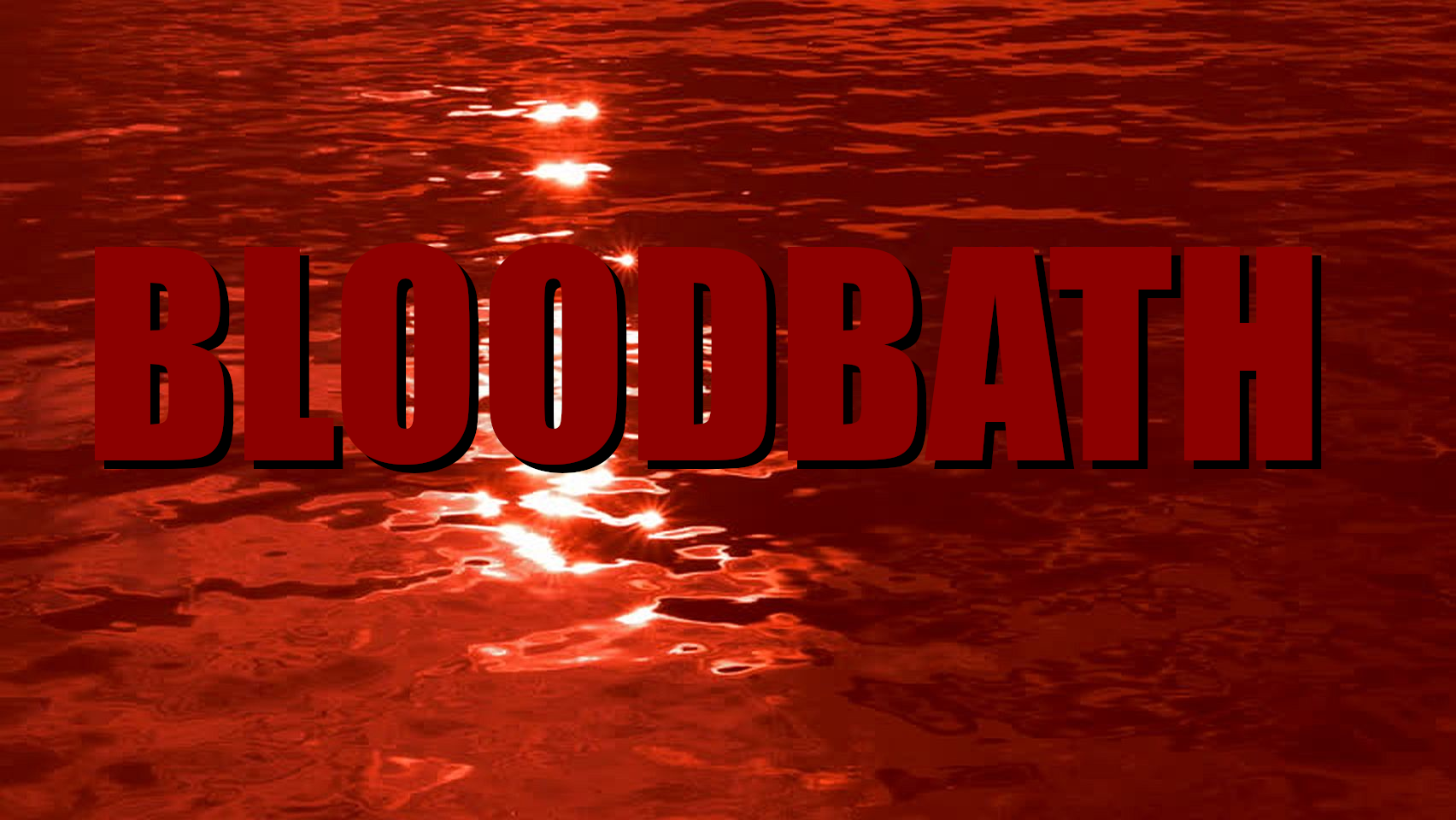

I use LMS and it is fantastic. However not knowing your setup in detail, I cannot help you more.
- LMS can stream to multiple devices, separately. (Different music in different rooms/devices).
- LMS can stream simultaneously to multiple devices. (Same music across several devices).
- Yes, it can chromecast (chromecast bridge extension). There is also an Airbridge extension.
- Yes, there is a plugin to stream from YouTube (I don’t use it, so I don’t know if this includes or excludes YT music)
I looked through my extensions and I cannot see a ‘spotcast bridge’ option, but doesn’t mean it doesn’t exist. You’d have to look about, maybe github.
Finally, like you have ‘snapclient’ on the RPi’s you can/could change them to ‘chrome clients’ (different project but same deal as the snapclient). When checking, it seems the solutions that exist are pretty out of date, and there are comments that google has locked down on the ‘chromecast api’ that check the client is legit or not, through signed certificates. So everything is fine if you have legit chromecasts, but it might not be so successful with an emulated cc, such as VLC client or omxplayer.
More finally though, Logitech Media Server, is designed to be that - the central server of your music. Ideally you would have all your music locally, rather than on other services. So it probably isn’t what you are looking for.




Removed by mod